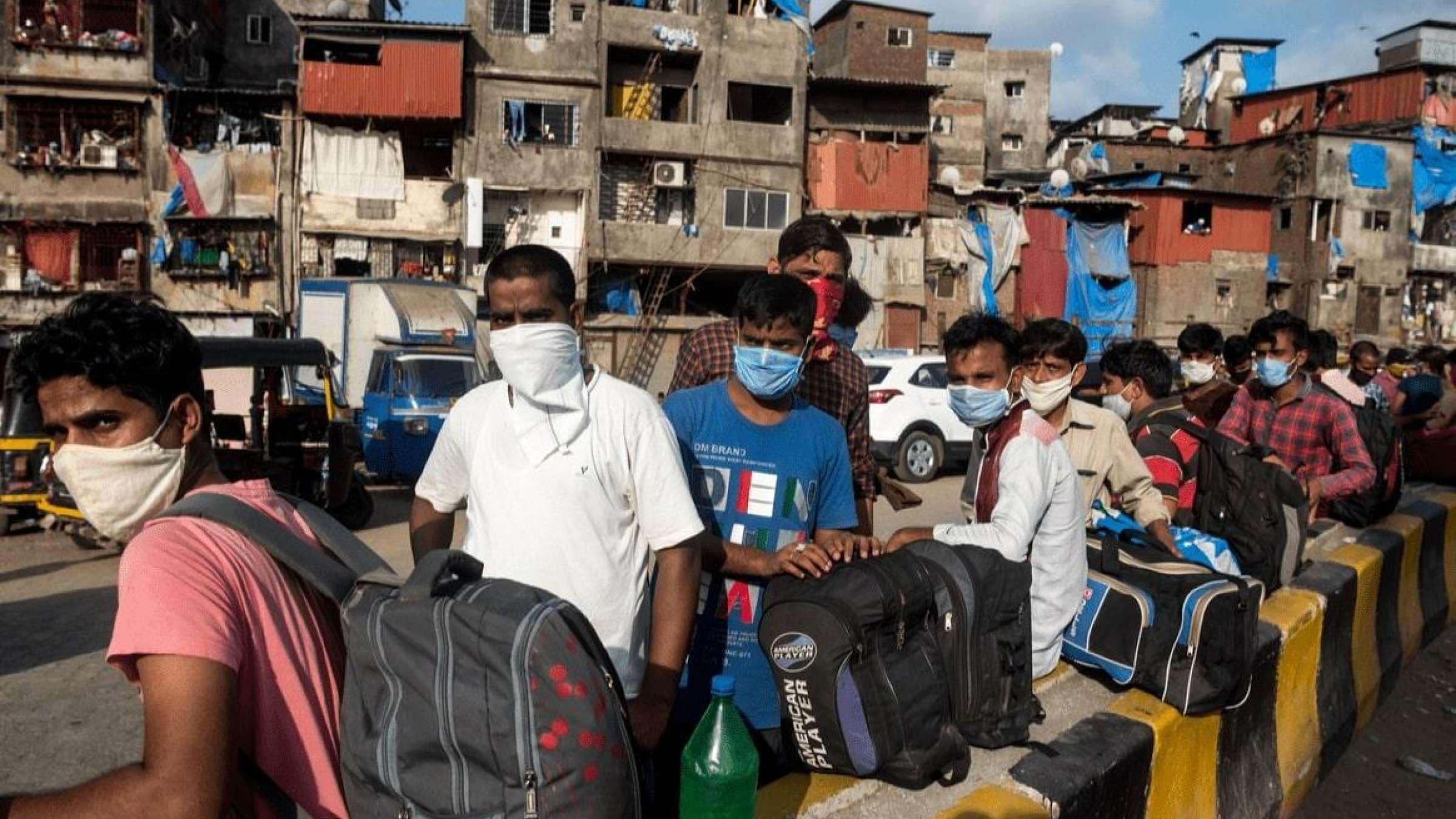“Internal displacement is the greatest tragedy of our times; the internally displaced people are among the most vulnerable of the human family” ~Kofi Annan
United Nations Guiding Principles defines Internally Displaced Persons (IDPs) as “persons or groups of persons….who have not crossed an internationally recognized state border.” Unlike refugees, IDPs stay within internationally recognised state borders and fall under forced or involuntary movement different from economic migration. IDPs are entitled to all the rights and guarantees as citizens and other habitual residents of their country despite being within their country, however, it is not a legal status. Instead, they are typically viewed as a policy and operational challenge rather than a legal one. It contrasts with refugees and migrants that hold a more distinctive identity in international law. A key global standard on IDP protection drafted within the framework of the United Nations (UN) system takes the form of a ‘soft’ law that lacks international force. Even though there is a growing body of international consensus regarding this concept, in the end, national authorities are responsible for preventing forced displacement and providing protection and welfare for their citizens. Essentially, even if there is an international convention for the protection of IDPs it remains an internal matter and is mostly subjected to policy solutions by nation-states.
International customary law and the Charter of the United Nations (UN Charter) unequivocally recognizes the right of states to determine their internal affairs without external interference. States have consistently fallen short of protecting both their citizens and their frontiers, thus challenging this doctrine in a variety of ways. States’ sovereignty can be weakened by collapses, weak governance structures, or protracted internal conflict. Consequently, the international community is becoming more concerned about extending protection to those whose governments cannot provide it. Under international law, the international community is required to provide protection and assistance to those unable to efficiently obtain it from their governments.
In 2012, the world’s first regional treaty on internal displacement came into force. The African Union codified the UN Guiding Principles on Internal Displacement through the Convention on the Protection and Assistance to Internally Displaced Persons in Africa (the “Kampala Convention”). The UN Guiding Principles on Internal Displacement, although not legally binding, are widely acknowledged around the world, owing in part to their roots in international humanitarian and human rights law. Several pre-existing international rights and humanitarian laws are reflected in the Annotations to the Guiding Principles. The Kampala Convention also draws upon these areas of law, including regional instruments, such as the African Charter on Human and People’s Rights and the Great Lakes Protocol.
IDPs in India: Challenges & Issues A key characteristic of IDPs is that they leave their homes not out of choice but primarily, by force or circumstances. The reasons for displacement are numerous including: development projects, state-sponsored conflicts, and violence affected areas. According to official figures, India consists of 9,29,318 displaced persons – out of which, the number of displaced persons affected by violence and conflict stood at 4,730,000 persons. However, with the constant increase in the IDPs in the country, there comes a set of crucial legal barriers:
Lack of Identity & Documentation: The absence of identity documents that restricts them from accessing basic resources and facilities. It is then the responsibility of the state and local government to identify their rights. Socio-economic Crisis: The IDPS mainly work in the informal sector and have no sense of job security. They have no adequate access to resources and facilities. Women & children are often exploited and have poor access to legal services.
Legal Crisis: Unfortunately, there is no official framework protecting the IDPs. They therefore, have no stable job, income and legal approaches to deal with their concerns. Healthcare Crisis: IDPs are more likely to get infected and fall sick since they lack safe housing resources. Many of them live in unhygienic camps and informal areas that are highly populated.
The Guiding Principles enables the International organizations to provide humanitarian support to IDPs. However, The Government of India does not legally recognise the Guiding Principles on Internal Displacements (GPID).IDPs are clearly the most endangered, vulnerable and powerless section of the society. They are constant victims of oppression and discrimination. Due to an absence of official and legal structure protecting the rights of IDPs, it is the responsibility of the local and state government assuring the decent life of the IDPs. The characteristic of events resulting in displacement varies from state to state depending upon the population composition. However, there is a foundational lack of a statutory framework protecting the IDPs in India. The absence of an adequate framework has led to uneven methodologies and policies being adopted by different states. This non-uniformity creates differences amongst the legal protection and services that can be utilized by them. Therefore, this has led towards the internally displaced individuals struggling and striving to cover their key needs, seek decent work or have a steady source of income.
Image – Shutterstock

